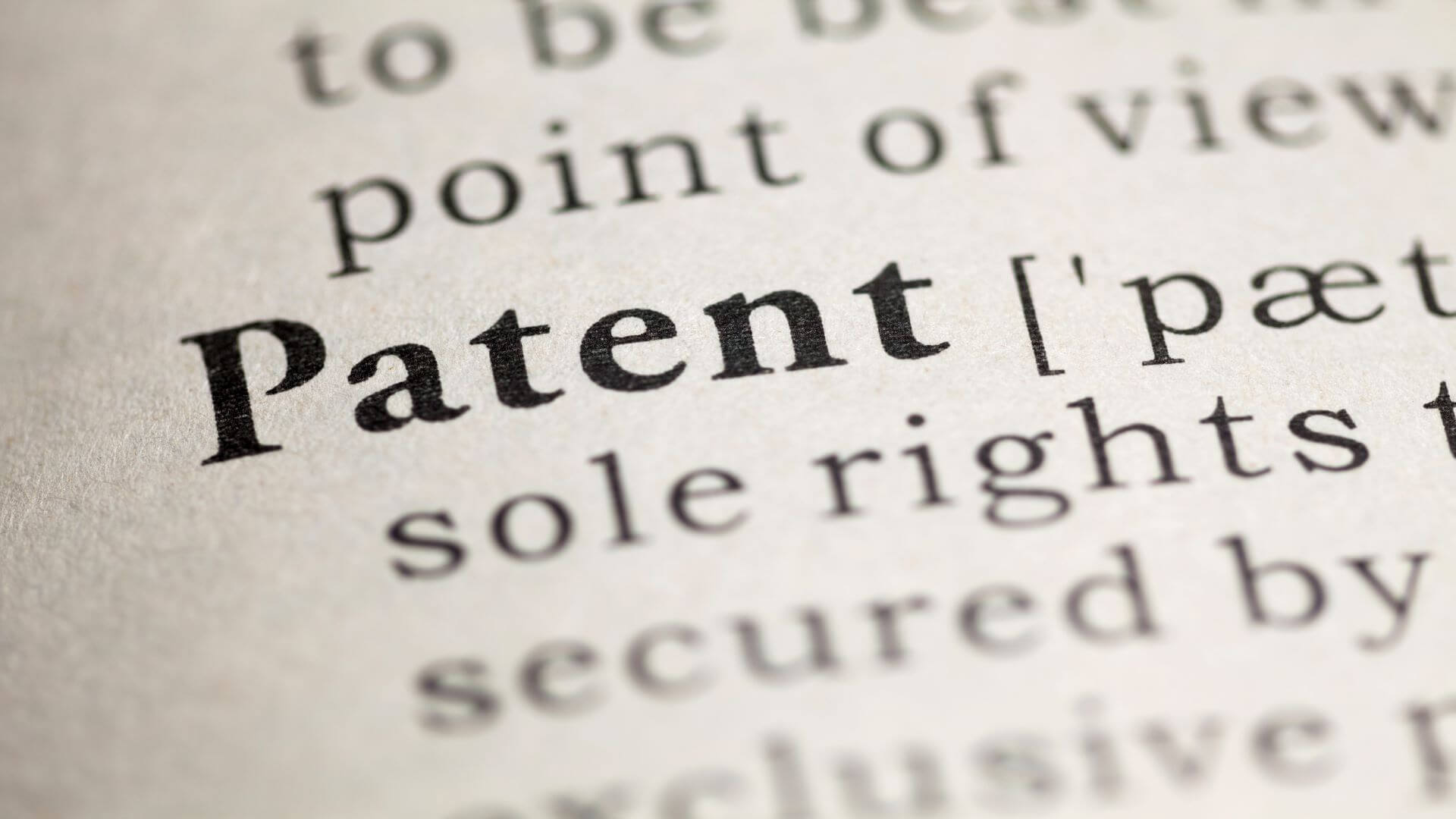In this article, we’ll lay out a brief history of patents to help lay a foundation for understanding what can often be a complex topic. Pinpointing the exact place and time when patents were invented can be a bit tricky, but historians suggest that rudimentary patents may date back to antiquity, although they began taking root in Medieval Europe before evolving into the modern patents that we know today. With that, we’ll take a look at a Brief History of Patents, Part One: Antiquity – 1700
Ancient Greece and the Oldest Known Evidence of Patents
Long before the birth of the modern patent system, Athenaeus of Naucratis, the third century AD Greek rhetorician and grammarian, recounted how Phylarchus, the Greek historical writer (and his contemporary), claimed that the Greek city of Sybaris used to grant exclusive rights to creators of unique culinary dishes for a period of one year, as far back as 500 BCE: “Encouragement was held out to all who should discover any new refinement in luxury, the profits arising from which were secured to the inventor by patent for the space of a year.”[2]
Medieval England and the Birth of Letters Patents and State Sanctioned Monopolies
A millennium later, in England, royal privileges called letters patents were issued by the British sovereign to petitioning inventors. In 1236, King Henry III granted a 15 years exclusive privilege to Bonofusus de Sancta Columba for the production of colored fabrics in Bordeaux.[2] In 1331, King Edward III granted Letter of Protection to John Kempe, a Flemish weaver, presumably to entice him and other foreign craftsmen to relocate to England.[3] Another early example of letters patent is a 1449 grant by Henry VI to John of Utynam for a twenty-year monopoly on the making of a particular kind of stained glass.
Medieval Italy and the Establishment of Patents as Means of Granting Inventors Exclusive Use of Their Inventions
Moving on in our history of patents, in Italy, the first patent was awarded by the Republic of Venice in 1416 for a device for turning wool into felt. Then, in 1421, the Republic of Florence granted a three-year patent to famed architect and engineer Filippo Brunelleschi for a river barge equipped with an integrated hoisting gear that made it faster and more cost-effective to transport and deliver marble.
The English Statute of Monopolies of 1624 and the Transition of Patent Administration to Common Law
By the 1600s, patents had evolved from monarch-issued letters patent that granted monopolies to skilled individuals with novel techniques to an exploitative revenue scheme in which patent-holders were charged what was essentially a patent tax. During the reign of King James I, who succeeded Elizabeth I, Parliament finally stepped in with a remedy: the Statute of Monopolies, which was passed on May 29, 1624.
Section 1 of the Act stated that:
“All Monopolies, and all Commissions, Grants, Licences, Charters and Letters Patents heretofore made or granted, or hereafter to be made or granted, to any Person or Persons, Bodies Politick or Corporate whatsoever, of or for the sole Buying, Selling, Making, Working or Using of any Thing within this Realm, or the Dominion of Wales … or of any other Monopolies, or of Power, Liberty or Faculty, to dispense with any others, or to give Licence or Toleration to do, use or exercise any Thing against the Tenor or Purport of any Law or Statute … and all Proclamations, Inhibitions, Restraints, Warrants of Assistants, and all other Matters and Things whatsoever, any way tending to the Instituting, Erecting, Strengthening, Furthering or Countenancing of the same or any of them … are altogether contrary to the Laws of this Realm, and so are and shall be utterly void and of none Effect, and in no wise to be put in Use or Execution.”
In other words, Section 1 of the Act reset the British patent regime by rendering all patents and monopolies past, present and future null and void.
Section 2 reinstated some patents provided that all future patents granted should be determined by the common law, and not by monarchs. Section 3, however, stated that companies and inventors in possession of patents should not be allowed to exercise them. Section 6 of the Act, generally considered to be the most important, lists the exceptions to the rule invalidating monopolies and patents:
“Shall not extend to any letters patents (b) and grants of privilege for the term of fourteen years or under, hereafter to be made, of the sole working or making of any manner of new manufactures within this realm (c) to the true and first inventor (d) and inventors of such manufactures, which others at the time of making such letters patents and grants shall not use (e), so as also they be not contrary to the law nor mischievous to the state by raising prices of commodities at home, or hurt of trade, or generally inconvenient (f): the same fourteen years to be accounted from the date of the first letters patents or grant of such privilege hereafter to be made, but that the same shall be of such force as they should be if this act had never been made, and of none other.”
Section 6 of the Statute of Monopolies therefore established conditions upon which some forms of patents could be granted for a period of no longer than 14 years and only for new “manners” of “manufacture” (meaning both design and production of an item).
The statute is widely considered to be an essential milestone in the transition of Britain’s economy from a primarily feudal system to one far more driven by capitalism. Its importance to patent systems, at least in the West, continued to be felt for centuries. Case in point: it served as a basis for Commonwealth law until the United Kingdom began following the 1973 European Patent Convention in 1977, which we will dive into in Parts 2 and 3 in our History of Patents.
[Continue to Part 2 in our History of Patents]
The Fatty Fish Editorial Team includes a diverse group of industry analysts, researchers, and advisors who spend most of their days diving into the most important topics impacting the future of the technology sector. Our team focuses on the potential impact of tech-related IP policy, legislation, regulation, and litigation, along with critical global and geostrategic trends — and delivers content that makes it easier for journalists, lobbyists, and policy makers to understand these issues.
-
The Fatty Fish Editorial Teamhttps://staging-fattyfish.kinsta.cloud/author/fattyfish_editorial/January 14, 2022
-
The Fatty Fish Editorial Teamhttps://staging-fattyfish.kinsta.cloud/author/fattyfish_editorial/January 14, 2022
-
The Fatty Fish Editorial Teamhttps://staging-fattyfish.kinsta.cloud/author/fattyfish_editorial/January 14, 2022
-
The Fatty Fish Editorial Teamhttps://staging-fattyfish.kinsta.cloud/author/fattyfish_editorial/January 14, 2022












